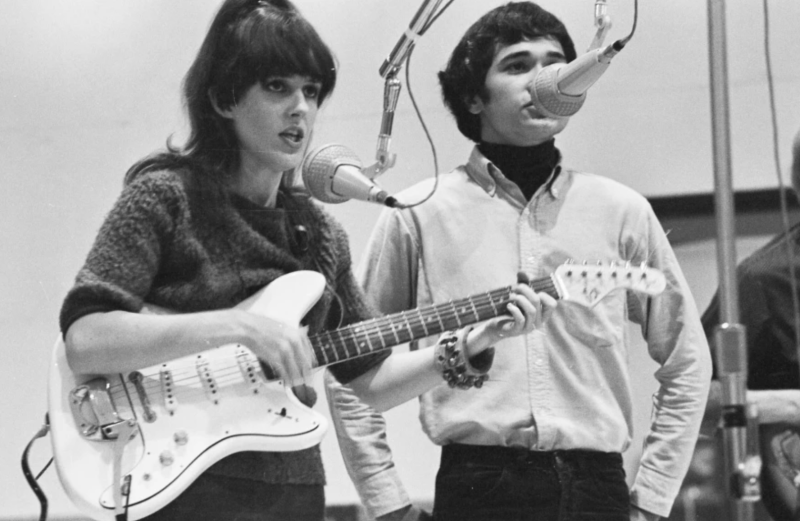Tertzakian and filmmaker Alison Ellwood, who last teamed up to capture the music of the Los Angeles neighborhood Laurel Canyon, turned their attention north and found a place “on the edge of the Earth.”
“It was like every misfit from anywhere in this country who rattled loose, ended up in San Francisco,” the series quotes Bob Weir of the Grateful Dead as saying.
The main guides are disc jockey Dusty Street, poster artist Victor Moscoso, light show artist Bill Ham and Rolling Stone magazine journalist Ben Fong-Torres. The musicians are captured in audio interviews that play over archival footage — a technique Ellwood and Tertzakian used in Laurel Canyon: A Place in Time, in 2020.
“It’s obviously a place that so many people have focused on and they really focus on the star quality of the musicians,” says Tertzakian. “And I think that was something that we really wanted to minimize in order to bring it back to the source.”
That technique both captures the spark of creativity and bypasses the grave. “We can’t set Grace Slick down and then counter it with Janis Joplin sitting down and doing an interview. So that’s another reason, just to keep everyone young, of the time of the moment,” says Ellwood.
An astonishing amount of footage and interviews were used, borrowed from reporters, universities, archive houses and personal collections. Susan Joy Balin, wife of Jefferson Airplane’s Marty Balin, handed over her own footage of the time, as did Jerry Slick, Grace’s ex-husband.
“We were saying, ‘Just give us whatever you have and let’s play around with it,’” says Tertzakian. “That was both super fun and also a challenge because the amount of material we had, we had to really pick and choose how to use it and in a relatively short time frame.”


